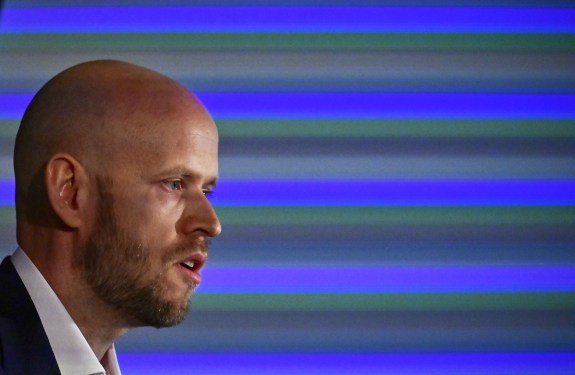In a significant development in the world of telecommunications, SpaceX’s satellite-to-cell Starlink service has achieved a nationwide coverage milestone in New Zealand. This achievement is a testament to the growing capabilities of satellite-based communication technology and its potential to bridge the gap between urban and rural areas.
First Telecommunications Company to Power Nationwide Satellite Text Messaging Service
One NZ, a telecommunications company in New Zealand, has become the first globally to power a nationwide satellite text messaging service via Starlink. This is a significant milestone for One NZ, as it paves the way for expanded coverage and improved communication services for its customers.
Partnerships with Global Telecommunications Companies
In addition to partnering with One NZ in New Zealand, Starlink has also signed up partners in Canada, Australia, Japan, Peru, Switzerland, and Chile. This global reach demonstrates the growing demand for satellite-based communication technology and the potential for expanded partnerships in the future.
Partnership with T-Mobile in the US
In the United States, Starlink has partnered with T-Mobile to provide its text-by-satellite service to customers affected by natural disasters. This partnership was previously piloted during Hurricane Helene and Hurricane Milton in October, where T-Mobile customers were able to send and receive text messages via satellite.
Eligible Phone Models
Currently, only four phone models are supported for the One NZ Satellite TXT service: the Samsung Galaxy Z Flip 6, Samsung Galaxy Z Fold 6, Samsung Galaxy S24 Ultra, and OPPO Find X8 Pro. However, eligibility is expected to expand to more devices next year.
Service Limitations
During the initial rollout of the One NZ Satellite TXT service, most text messages can be sent and received within three minutes. However, this may increase to 10 minutes or longer during the first few months as the technology continues to be tested.
"We continue to test the capabilities of One NZ Satellite TXT, and this is an initial service that will get better," said Joe Goddard, Experience and Commercial Director at One NZ. "For example, text messages will take longer to send but will get quicker over time."
Future Developments
The One NZ Satellite TXT service is currently limited to sending and receiving text messages only. However, in the future, voice calling and data services are expected to be available.
"We’re beginning with a small number of phones as part of the staggered rollout of the technology," said Goddard. "And critically, from today customers can send and receive text messages only, but in the future, we expect voice calling and data to also be available."
Free Service for Existing Customers
For existing One NZ customers on paid-monthly plans, the One NZ Satellite TXT service will be free. However, it remains unclear if new customers or those on other contracts will be required to pay an additional fee to access satellite-to-cell coverage.
Conclusion
The achievement of a nationwide coverage milestone in New Zealand by SpaceX’s Starlink service is a significant step forward for satellite-based communication technology. With its potential to bridge the gap between urban and rural areas, this technology has the power to revolutionize the way we communicate.
As partnerships with global telecommunications companies continue to grow, it will be exciting to see how this technology develops in the future. Will it become a mainstream solution for communication services? Only time will tell, but one thing is certain – satellite-based communication technology is here to stay.
Potential Applications of Satellite-Based Communication Technology
The potential applications of satellite-based communication technology are vast and varied. Some possible uses include:
- Disaster Relief: Providing emergency communication services during natural disasters
- Rural Coverage: Bridging the gap in rural areas where traditional communication infrastructure is limited
- Global Connectivity: Enabling global connectivity and communication services for remote or underserved communities
- Future-Proofing: Preparing for future emergencies or disruptions to traditional communication infrastructure
Timeline of Starlink’s Development
Here is a brief timeline of Starlink’s development:
- October 2022: T-Mobile pilots Starlink’s text-by-satellite service during Hurricane Helene and Hurricane Milton
- November 2022: T-Mobile granted FCC approval for the Starlink beta program
- Early 2023: Starlink begins signing up customers to test its US Starlink beta program






